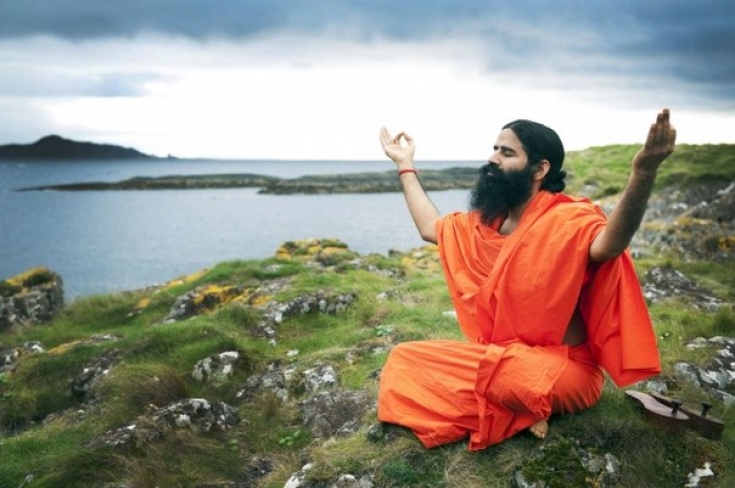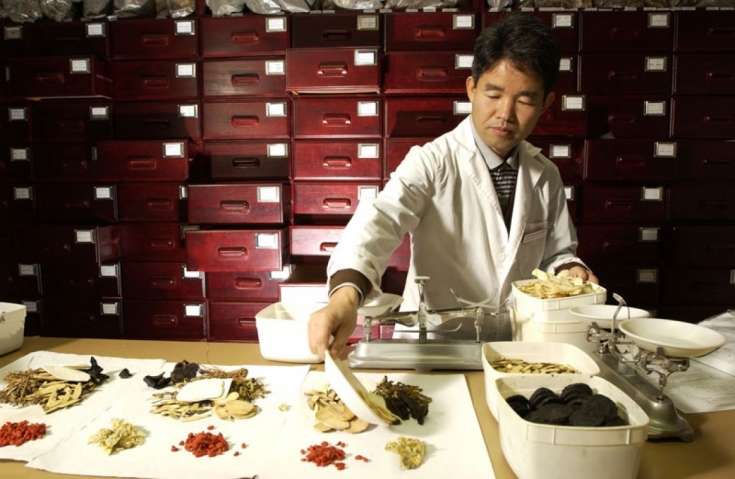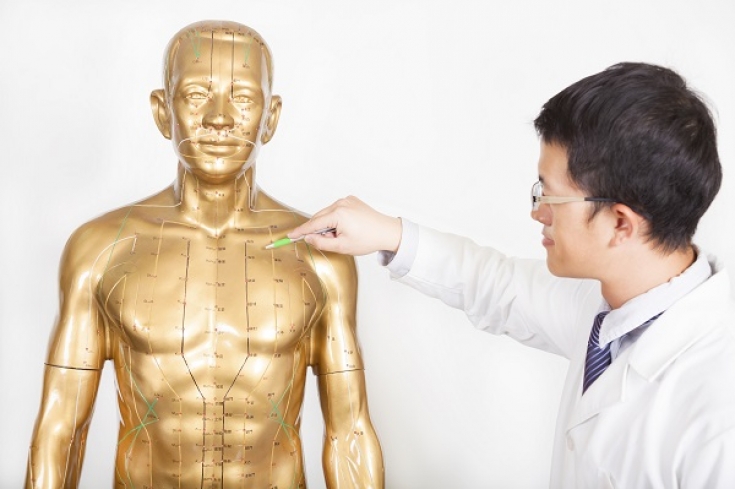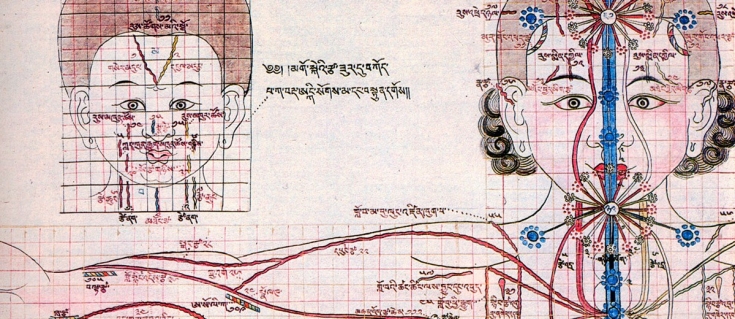In order to start using the advice from the healers of Tibet, China, Korea and India, you need to know what is the difference between the practices of these countries. Oriental medicine has been around for many millennia. But, despite this, they began to apply it in the West only a few decades ago. Such a system not only treats this or that disease, but also completely heals a person, helping him to regain inner peace, as well as harmony with himself and the world around him. Oriental medicine includes a huge variety of therapeutic methods and systems taken from China, Korea, Tibet, and India. Hence its division into Chinese, Tibetan, Indian and Korean. What is the difference between these directions? Read about it in the online edition estet-portal.com.
- Oriental medicine: what is its essence and how does it differ from Western medicine
- Chinese medicine: an individual approach to each patient
- Korean Medicine – direction intersecting with Chinese medicine
- Tibetan Medicine – healing through harmony
- Indian medicine (Ayurveda) – treatment with gifts of nature
Eastern medicine: what is its essence and how does it differ from Western medicine
Oriental medicine differs significantly from Western medicine. In the West, doctors treat only the symptoms of diseases and individual organs, while in the East they pay attention to the whole body.
The main principle of Oriental medicine is the circulation of "Qi" energy; through human energy channels. And its main goal – restoring energy balance and launching self-healing mechanisms.
The main secret of Oriental medicine is that the internal forces of the human body are used for treatment, and not drugs. Oriental medicine provides for the elimination of not the symptoms of the disease itself, but the causes and factors that led to it.
Energy «Chi» – this is the main vital energy, which, passing through the meridians in the required amount, contributes to the fact that the body functions like a clock, and old age does not make itself felt for a long time. But in order for it to circulate normally, you need to respect yourself, forget about eating fast foods and other junk food, get enough sleep, breathe more in the fresh air and meditate.
In the event of a violation of the movement of energy, a person becomes ill. This often happens due to the wrong way of life, constant stressful situations, negative emotions and the perception of the world around us in dull colors. Therefore, in order to eliminate the disease and achieve a harmonious movement of vital energy, it is necessary to use the secret of youth and longevity, namely – medicine of the East. It provides an integrated approach to treatment. It takes into account not only the symptoms of the disease, but also the characteristics of the patient's body and his lifestyle. And now let's take a look at the main directions of the eastern system together with you.
Chinese medicine: individual approach to each patient
Chinese medicine is based on an individual approach. Before treating a patient, the doctor carefully examines his condition and features. He makes a diagnosis not only by the symptoms of a particular disease, but also by the color of the skin, tongue, nails and other parts of the body, as well as by breathing, speech, pulse, the condition of the joints and muscles. Not complete in Chinese medicine without questioning the patient. A Chinese doctor finds out from the patient not only how he feels, but also what his mood is, what he wants, what lifestyle he leads, and other individual characteristics.
Often, all these processes take a long time. Having received all the necessary data, the specialist sees the full picture regarding what kind of violation there is. Then he selects a set of methods that treat not the disease, but the body as a whole .
There are many techniques in Chinese medicine, from acupuncture to acupressure.
Korean Medicine – direction intersecting with Chinese medicine
Korean medicine combines traditional European and Oriental medicine. It has the same features as the Chinese direction, that is, the Korean doctor also makes a diagnosis after carefully feeling the pulse, examining the tongue, skin and nails. Korean specialists, like Chinese ones, practice acupuncture and herbal medicine. The only difference is that when choosing a treatment regimen for acupuncture, they are guided by the characteristics of the body and body type of the patient, and not by his life habits, climatic features of residence and other characteristics.
Korean doctors use needles only on certain areas of the body, while the Chinese – all over the body.
As for herbal medicine, here lmedicinal herbs are used in a lower dosage than in the Chinese system.
Tibetan Medicine – healing through harmony
In Tibetan medicine, as in the previous two directions, the main emphasis in diagnosis and treatment is on the individual characteristics of the body. The personality of the doctor also plays a key role here. This specialist must be friendly and competent. He must not only cure the disease, but also find and eliminate its "root".
As for the treatment itself, in Tibetan medicine, people heal with the help of clean air, sunlight and healthy nutrition. It also includes lifestyle adjustments and prevention of various diseases. Approximately 1000 products based on natural components of plant or animal origin are used as medicines.
Tibetan doctors believe that diseases are caused by a violation of the harmony of a person with the outside world. Therefore, the main goal of Tibetan medicine – complete harmonization. This is the only way to be healed.
Indian medicine (Ayurveda) – healing with the gifts of nature
In Indian medicine or Ayurveda diagnostics are carried out in the same way as in other areas. Since here a person is considered part of nature, natural remedies extracted from the Indian mountains, fields and forests are used for treatment. These are vegetable oils, minerals, spices, stones and so on. In addition, the treatment includes many different healing procedures that are carried out in Ayurvedic clinics, as well as in the resorts of India and Sri Lanka.
The most common ones are:
- Cleansing and rejuvenating scalp massage with warm herbal oil;
- general body massage;
- cleansing the body with enemas of oils and herbal extracts;
- consumption of ghee.
The patient is also prescribed a specific diet and exercise.

These are all natural, safe, and have no side effects. Therefore, anyone can resort to them, regardless of age and gender. Their effectiveness depends, first of all, on the degree of organ damage, the neglect of the disease and the state of mind of the patient himself. But if there is a serious problem where an operation is needed, then you need to turn to classical medicine, because oriental medicine is good only for rehabilitation and mental shocks. We hope that the differences described above will help you to learn more about Eastern medicine and you will choose the most suitable direction for yourself, which will heal your body and soul.
Read also: Oriental medicine: methods that not only heal, but heal









Add a comment